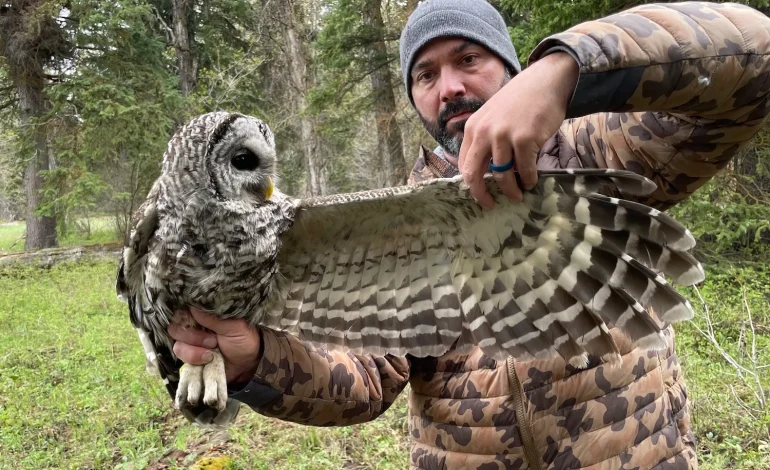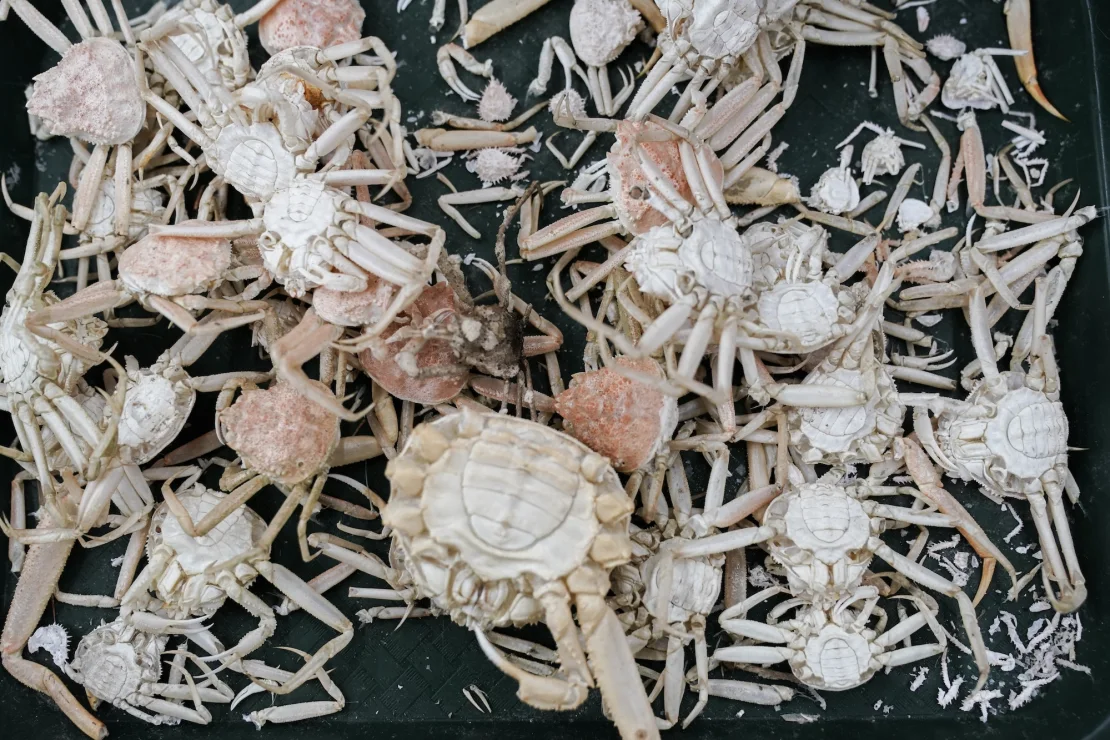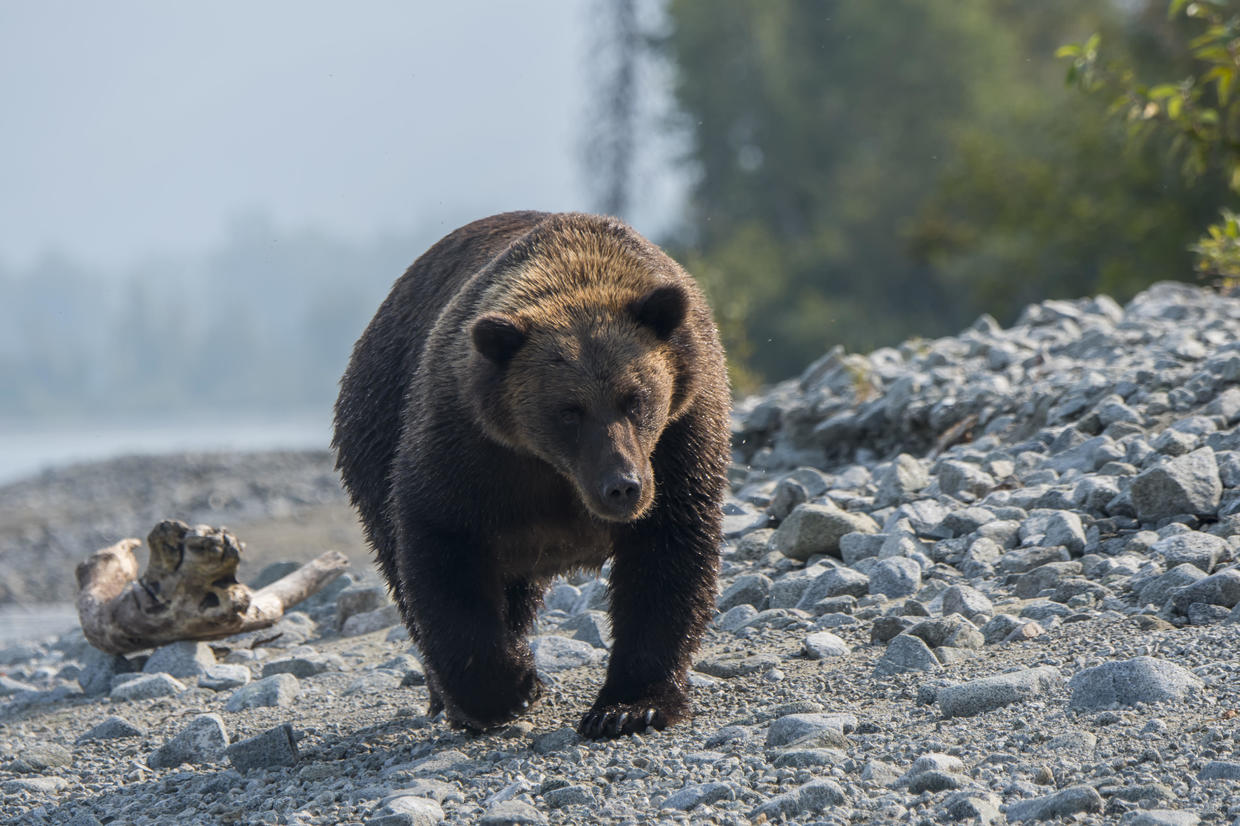Scientists Tag Wyoming’s First Barred Owl Near Grand Teton Nest to Study Impact on Native Raptors

Researchers in Wyoming have successfully tagged the state’s first known barred owl, marking a significant step in understanding the behavior and potential ecological effects of this species on native raptors, WyoFile reports.
The female barred owl was captured and fitted with a GPS tracker near its nesting site in Teton County’s forest habitat, a milestone that also appears to be the first such tagging of a barred owl in the Rocky Mountains.
Barred owls, native to eastern North America, have expanded their range westward over recent decades, reaching parts of Canada, the Pacific Northwest, and now Wyoming. Their arrival has raised concerns among wildlife experts due to their adaptability and aggressive behavior, which have caused conflicts with native species such as the northern spotted owl in other regions.
“The board has intent. It’s not a promise. It’s not a commitment. It’s intent — to be, and prudent, to be thinking about succession,” Dimon said at the company’s investor day event when asked about its succession plans.
Scientists have been attempting to trap the male barred owl for over a week but had little success. The team from the Teton Raptor Center switched tactics and used fine mist nets known as dho-gazza nets to catch the female owl. Conservation director Bryan Bedrosian noted:
“And then, literally out of nowhere, the female came in and got caught.”
The researchers plan to capture the male and any chicks from the current nest to gather more comprehensive data on the family’s movements and behavior throughout the year. This information will help assess whether barred owls are impacting native raptors like the great gray owl, whose historic territories overlap with those now occupied by barred owls.
In regions like Washington, Oregon, and California, barred owls have been classified as invasive due to their negative impact on northern spotted owls, leading to management efforts including lethal control measures. However, the relationship between barred owls and other native species in Wyoming remains largely unstudied.
Wyoming Fish and Game Nongame Bird Biologist Zach Wallace emphasized the knowledge gap, stating:
“Next to nothing is known about potential competition between barred owls and great gray owls.”
He supports ongoing research efforts to address this.
The project uses a multi-faceted approach, including analysis of historic acoustic data and the deployment of hundreds of recording devices around Grand Teton National Park. These efforts have already identified at least one other barred owl in the region, likely a bachelor male.
The female owl tagged this spring is part of a nesting pair first documented in Wyoming in 2023 by photographer Thomas Stanton, who captured images of the owls with their chicks. While the pair’s 2024 nest failed, they are currently nesting again.
Tracking the owls year-round will provide valuable insight into their territory use, wintering areas, and potential competition with other species.
“One of the biggest concerns is the potential impact on other species that aren’t used to this generalist, very aggressive predator,” said Bedrosian.
The study is supported by grants from several local conservation groups, including the Wyoming Governor’s Big Game License Coalition and the Jackson Hole Community Foundation, and monitored in collaboration with the National Park Service.







The latest news in your social feeds
Subscribe to our social media platforms to stay tuned